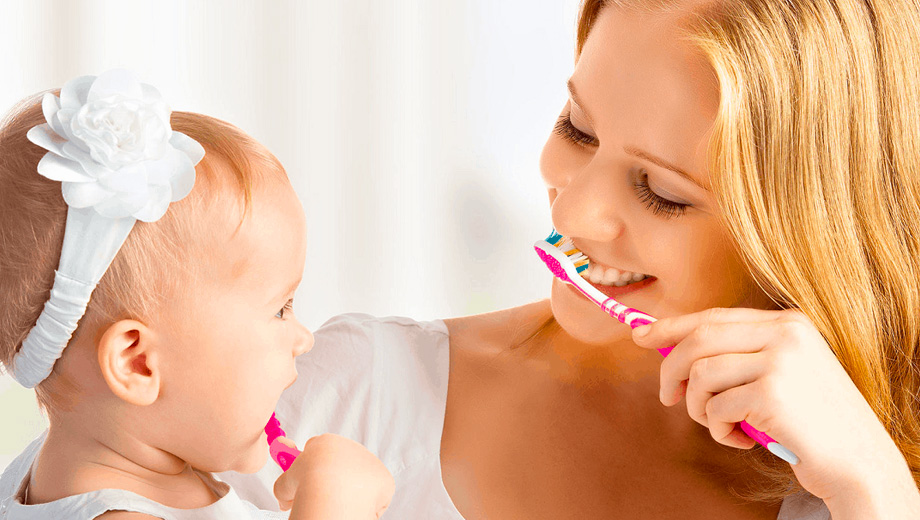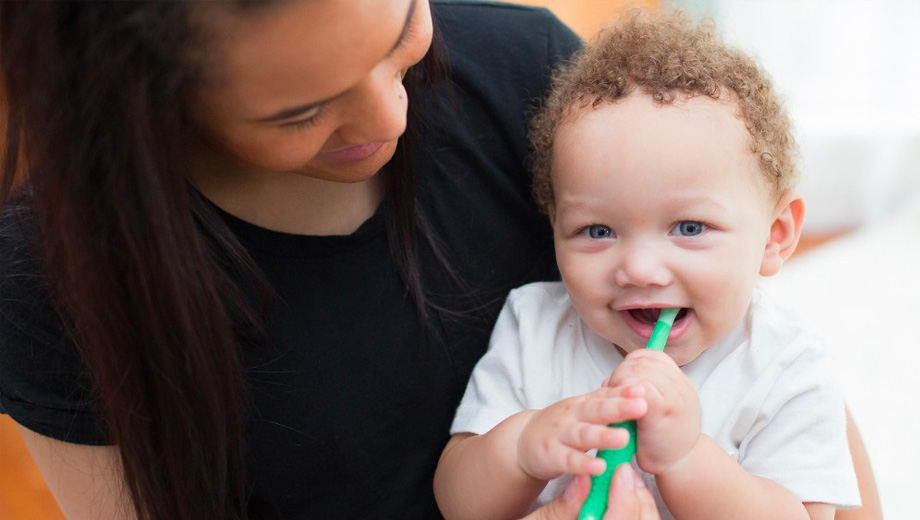Pulp Therapy Explained
Pulp therapy is a part of children’s dental care that we can provide, and can include pediatric root canals, nerve treatment, pulpotomy, and pulpectomy. These treatments address damage to the pulp of the tooth. The pulp is the internal part of the tooth through with blood vessels, connective tissues, nerves and other cells are contained. The goal of pulp therapy is to preserve a tooth’s health and strength.
Cavities are tiny holes in a tooth that can cause permanent damage to the tooth. They typically are not painful, but they can sometimes affect the nerves. If the cavity fills with bacteria and is deep enough to affect the pulp of the tooth, it can cause infection and can even lead to the loss of the tooth. In this instance, a pulpotomy or pulpectomy may be the best course of treatment to save the tooth and prevent pain.
A pulpotomy is less invasive than a pulpectomy and can be performed on primary teeth that have extensive cavities, but do not show any signs of damage to the root. The dentist will remove the affected pulp, clean the area out, and then apply a type of medicine that can calm the area and prevent future bacterial growth.
Once the area is thoroughly cleaned, the tooth will be restored using a crown. Sedation can be provided for children who are nervous about the procedure.
Pediatric root canals are performed when the pulp tissue is completely infected. This is what is known as a pulpectomy. All infected tissue will be removed from the crown and root of the tooth. Then, the tooth is cleaned and disinfected. The tooth will then be restored using a crown.
Early Orthodontic Treatment
It is recommended that children visit an orthodontist for the first time by the age of 7. Early interventive orthodontic treatment can often reduce the need for more extensive orthodontic treatment later.
There are two phases to early orthodontic treatment.
Phase 1- This type of treatment is for children who do not have all their permanent teeth yet. It addresses issues such as underdeveloped arches, premature loss of baby teeth, and can even address harmful habits such as extended pacifier use or thumb sucking. The orthodontist will also address jaw growth to allow for proper alignment.
Phase 2- This phase occurs once the permanent teeth have erupted and addresses tooth alignment to create a harmonious and straight smile. The previous phase ensured the jaw and arches could adequately hold the permanent teeth, and the final phase will straighten the smile.
What happens if my child’s permanent teeth come in behind their baby teeth?
Ectopic eruption, or when the permanent teeth appear before the baby teeth have fallen out, is actually quite common. Sometimes, the baby tooth doesn’t become loose before the permanent tooth makes its appearance. This isn’t cause for concern. The baby tooth will typically fall out within a couple of months of the permanent tooth erupting. However, if it doesn’t, the dentist can remove the baby tooth, allowing for the permanent tooth to move into its correct location.
Cavities
Unfortunately, cavities are quite common. However, 30% of American children have 80% of the decay. Preventive dentistry is incredibly important to prevent cavities and tooth decay.
There are several factors that can contribute to decay:
- History of decay in the patient
- History of decay in the parents, especially the mother
- History of decay in the siblings
- Sugar consumption
- Timing of sugar consumption in relation to brushing habits
- Brushing and flossing habits
- Fluoride exposure
- Tooth formation
- Presence of strep mutans bacteria
Your child’s mouth should be cleaned regularly, even before the first tooth appears. After each feeding parents should wipe the gums clean. Once the first tooth appears, it is important to begin gently brushing, especially after feedings. Use an infant toothbrush and water in the beginning. Avoid sharing utensils with your child – bacteria from your mouth can spread to your child’s by doing this.

It takes 20 minutes on average for saliva to neutralize the acid that is created by bacteria after eating (especially foods and drinks with fermentable carbohydrates). During this time, the tooth is under an “acid attack” so it is important to limit carb intake between meals. Raw vegetables and cheese are excellent snacks. Avoid sugary foods and beverages as much as possible.
Children should wean from a bottle to a sippy cup between 12 and 18 months of age. Sippy cups should be introduced at this time. Avoid giving your child a cup filled with anything other than water to keep with them during the day. Juice should be limited to 4-6 ounces per day, and it is suggested to dilute it with water. Avoid sports drinks, as they contain high levels of sugar. Water is the best choice for your child during the day.
We know that children see many advertisements during the course of a day. Many of these contain ads for junk food and beverages. Help your child develop early healthy eating habits by talking with them about the benefits of healthy foods and the negative consequences of too many sweets. Talk about the importance of vitamins and minerals that come from fruits and vegetables.
Brushing and Flossing Habits
Begin brushing with a small, soft toothbrush. It will be normal for small children to chew on the brush in the beginning. At the first signs of wear, you should introduce a new toothbrush. Parents should assist with brushing until the child is old enough to adequately clean their teeth on their own. If your child is very independent, allow your child to brush on his or her own first, then the parent can follow as a touch-up. It is recommended to assist with brushing until around 8 years of age.
Teeth should be flossed as soon as the child has two teeth that touch. Parents should assist with flossing until around age 9 or 10. Pre-threaded flossers can be a great help.
Fluoride can help strengthen the teeth and fend off decay. Your dentist can recommend what level of fluoride is best for your child, and can then recommend toothpastes, rinses, gels, varnishes or even tablets. It is always important to listen to your dentist’s recommendations as too much fluoride can cause fluorosis, which is discoloration in the developing permanent teeth.
Sealants
Some children may need an extra level of protection against decay. Sealants may be recommended. Sealants are a plastic-type coating that cover the grooved areas of the teeth, primarily the molars. These areas can be more difficult to thoroughly clean, so sealants can offer an extra layer of protection. Studies have shown an 80% decrease in pit and fissure cavities when sealants are used and kept up to date. Because they are placed on an area that can wear down over time due to chewing, it is recommended that they be replaced every two to three years.
Recaldent
Recaldent is a calcium product that is derived from milk proteins and often added to chewing gum. The minerals in the gum become active in the saliva and when it comes into contact with the tooth, it may be able to repair small damage before it becomes a cavity. It is available in Trident gum, as well as in pastes and mints. Please note, if your child has a milk allergy, he or she should avoid Recaldent.
Xylitol
Xylitol is a natural sweetening agent that is found in many gums. The strep mutans bacteria that cause cavities cannot metabolize this sugar, which makes it much harder for cavities to set in.
Bad Oral Habits
Thumb and finger sucking is a very common habit. Most children will break this habit between the ages of 2 and 3, however, if it continues until ages 4-6, intervention may be necessary.
Tooth grinding, or bruxism, can be common in children. Most children may not even be aware they are doing it as it happens while sleeping. Your dentist can help pinpoint the cause of the tooth grinding and help create a solution before damage can occur to the teeth.
Trauma to the teeth or mouth
Children will face many bumps and bruises as they grow, and will no doubt experience some level of trauma to the mouth or teeth at some point. Minor issues can be treated with ice (popsicles are always a fun way to address minor mouth injuries). If your child breaks a tooth, you should take your child to be evaluated by the dentist. If you child experiences a head injury, we recommend immediately visiting an emergency room or specialist for evaluation.


